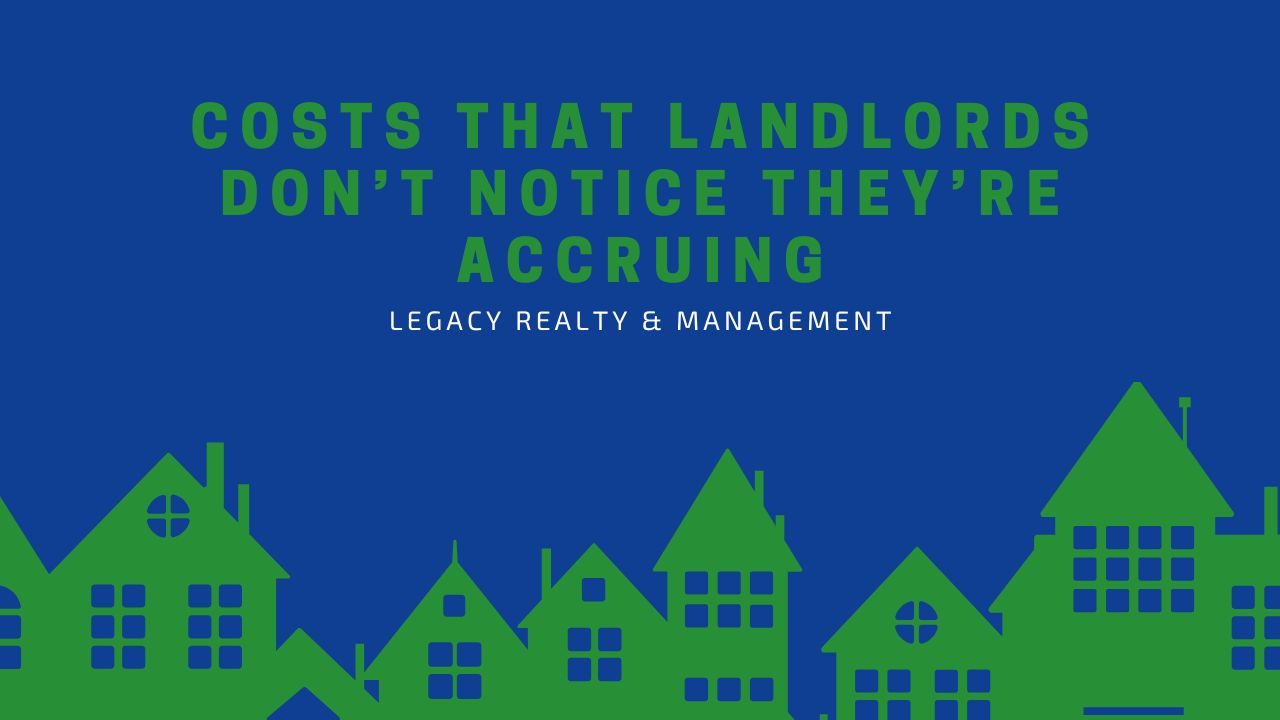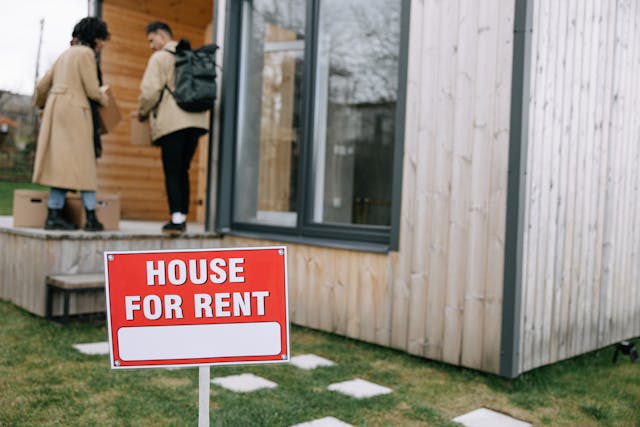
Key Takeaways
- Vacancies, Turnover, and Deferred Maintenance Add Up: Delayed marketing, long gaps between tenants, and postponed repairs can quietly erode profits through lost rent, higher repair bills, and tenant dissatisfaction.
- Underpricing Rent and Legal Oversights Can Be Costly: Failing to keep rents aligned with the market or overlooking compliance requirements can lead to thousands in lost revenue and legal penalties.
- Time, Stress, and Missed Details Matter: The hidden toll of managing rental properties—including tenant damage not covered by deposits and burnout from self-managing—can impact both profitability and peace of mind.
Owning a rental property can be a great way to generate income, but many landlords discover that their profits don’t align with their expectations.
While obvious expenses like mortgage payments, insurance, and property taxes are easy to anticipate, there are many hidden or gradually accumulating costs that often go unnoticed.
These overlooked expenses can chip away at your bottom line and make managing a rental more challenging than expected.
In this guide from
Legacy Realty & Management
, we’ll break down the lesser-known costs landlords frequently accrue and how to better manage them.
ABOUT US
Extended Vacancies and Turnover Gaps
One of the most underestimated costs in property management is the loss of income during vacancy periods. Every day a unit sits empty, it generates no revenue, yet the expenses continue.
Mortgage payments, utility bills (if covered by the landlord), and maintenance costs still accrue regardless of occupancy. Some landlords delay marketing a unit until the previous tenant moves out or take too long to screen new applicants, resulting in unnecessary gaps between renters.
These extended vacancies can be minimized by preparing in advance, beginning marketing and showings before the lease ends, and streamlining the screening process to avoid delays.

Additionally, tenant turnover itself can be costly. Repainting, deep cleaning, repairing wear and tear, and changing locks all add up.
If you’re frequently facing these issues, the real cost isn’t just in cleaning and repairs but in the cumulative loss of time and money between tenants.
Poor Maintenance Habits
Delaying minor maintenance issues often leads to major repairs down the road. A leaky faucet can turn into a flooded bathroom. A small crack in the wall could expand into costly structural damage .
Many landlords unintentionally accrue costs by taking a reactive approach to maintenance instead of a preventative one.
Regular property inspections, timely repairs, and investing in quality materials and workmanship can go a long way in reducing long-term expenses.
It’s also important to keep a reserve fund specifically for property maintenance. That way, when small problems arise, you’re ready to address them without hesitation.
Not having a reliable list of contractors or failing to follow up on resident maintenance requests also contributes to poor upkeep, leading to both physical damage and tenant dissatisfaction.
This can create a snowball effect: deferred maintenance reduces tenant satisfaction , which increases turnover, which in turn increases vacancy and repair costs.
Underpricing Rent
Many landlords fail to reevaluate their rental rates regularly, assuming that maintaining low rent will ensure tenant retention. While keeping tenants happy is a good strategy, underpricing rent can mean leaving thousands of dollars on the table every year.

Rents should be based on current market trends, the condition of the property, the amenities offered, and local demand. Failure to conduct regular rent reviews could result in significantly lower income than what the property could generate.
Furthermore, underpriced rent doesn't always guarantee loyalty. If your property isn’t well-maintained or your tenants don’t feel valued, they may still leave—even if they’re paying below-market rent.
Reviewing rental rates annually, staying updated on local trends, and offering fair but competitive pricing ensures your rental is both profitable and attractive.
Legal and Compliance Missteps
Another hidden cost landlords often overlook comes from non-compliance with housing regulations, local ordinances, or lease documentation.
A simple paperwork error, an improperly executed rental eviction , or failure to meet local habitability standards can result in expensive legal consequences.
Even if the issue doesn’t escalate to a court battle, legal fees, penalties, or having to refund security deposits due to mismanagement can quickly add up. This is particularly risky for landlords managing multiple properties or operating across city or county lines, where laws and regulations can vary.
To avoid these costs, it’s essential to stay informed and organized. Make sure all leases are legally compliant, all notices are properly issued, and all housing codes are followed.
Consulting with a legal professional to review lease agreements and landlord-tenant laws in your area is a proactive investment that can prevent costly mistakes.
Tenant-Related Damages Not Covered by Deposits
While security deposits are designed to cover tenant damage, they don’t always go far enough.

If a resident causes major damage to flooring, walls, appliances, or plumbing, and the cost of repairs exceeds the deposit held, the landlord must pay out of pocket for the difference.
Additionally, if landlords aren’t conducting thorough inspections at move-in and move-out, they may miss issues entirely or have no documentation to support deductions from the deposit. This can lead to disputes, legal action, or an inability to recover costs.
To minimize this risk, conduct detailed inspections before move-in, document everything with photos and written notes, and have clear, written policies regarding damages and security deposit use.
Good tenant screening can also help reduce the likelihood of placing high-risk individuals in your property.
Time and Stress
Landlords often underestimate the value of their own time and peace of mind. Handling late-night repair calls, responding to complaints, collecting rent, and keeping track of maintenance records are all time-consuming tasks.
Over time, these responsibilities can lead to burnout, especially for landlords managing multiple units or properties while juggling other responsibilities.
The cost of your time should be factored into your rental income analysis. If the stress and time commitment outweigh the profits—or if important tasks are being delayed or overlooked—it may be time to rethink your approach.
Delegating responsibilities or using property management tools can ease this burden. Still, for many landlords, the most effective solution is professional support.
Get In Touch Today!
Final Thoughts
Being a landlord is more than just collecting rent. Behind the scenes, there are many expenses that, if overlooked, can eat away at your profits without you even noticing.
By recognizing these potential pitfalls and taking proactive steps to prevent them, you place yourself in a stronger financial position.
If you’re unsure, work with a professional property management company like Legacy Realty & Management to ensure you maximize your income and minimize your costs.
